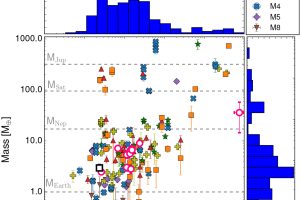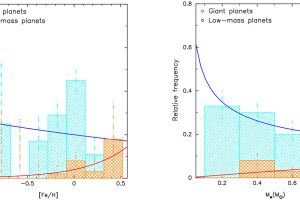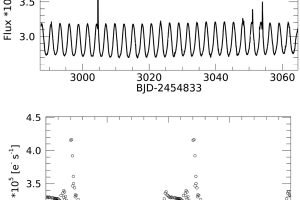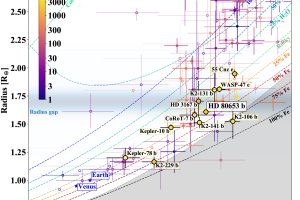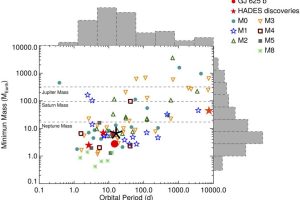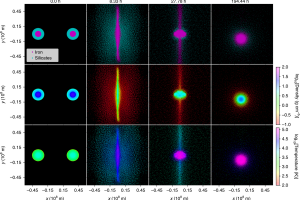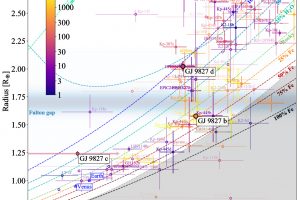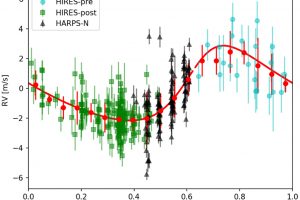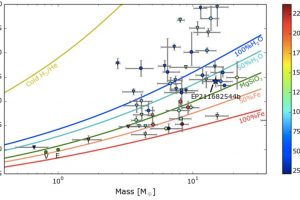Un sub-nettuniano scoperto attorno la stella GJ 720 A. Lo studio: “HADES RV Programme with HARPS-N at TNG XIII. A sub-Neptune around the M dwarf GJ 720 A” di E. González-Álvarez (CSIC-INTA) pubblicato su A&A
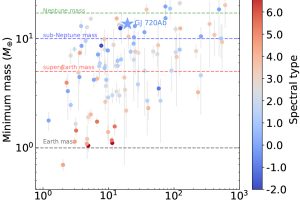
Ad oggi, il 19.3% dei 4401 esopianeti confermati sono stati scoperti con la tecnica delle velocità radiali (fonte: https://exoplanets.nasa.gov/). Questa tecnica consiste nel misurare, grazie ad osservazioni spettroscopiche ripetute nel tempo, le periodiche oscillazioni della posizione delle stelle dovute alla presenza di un pianeta. Durante l’orbita del pianeta, infatti, non solo il pianeta, ma anche la stella ruota attorno al comune centro
» Read more
